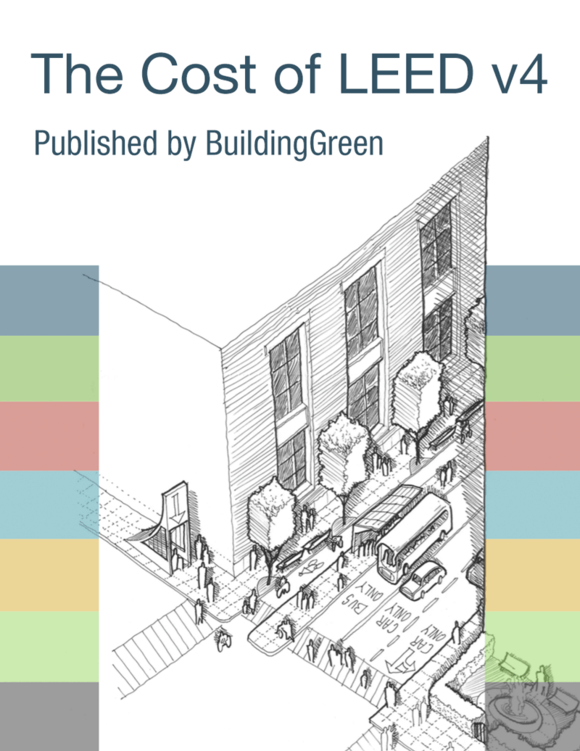Under Existing Land, revise the sentence to read as follows:
"Buildings located on previously constructed docks, piers, jetties, infill, and other manufactured structures in or above water are permissible, provided that the artificial land was not constructed by the owner of the LEED project for the express purpose of constructing the LEED project."



